How can you make more sales as a professional photographer?
Just ask for it.

It can’t be that simple. That’s ridiculous, of course, no one will ask for more ways to spend money.
Or will they?
It’s all about the approach.
Of course, if you ask so directly, ‘Do you want this, do you want to buy more?’ the answer will likely be a side-eyed, ‘no’.
But, if you frame it properly and provide solutions while you do, you may be surprised by the effectiveness of asking.
Consider, ‘Do you have any parents or grandparents that might like some images? Would you like some prints to go along with your Wall Décor?’, or ‘would you like something for the wall to go with your album?’

We all think more sales and higher sales come from nuanced, in-depth ‘tricks’ and ‘methods’, and sure those may help, but at the end of the day that simple truth remains: you won’t know until you ask.
Yet, just what to ask and when is essentially that million-dollar question (pun intended).
That one that can lead to either another sale and a more satisfied customer, or not and a potentially peeved client.
So, to help get a better grip on the ‘hows’ we get to veteran professional photographer and professional photography business and sales expert Dorie Howell who joined us for a Live Chat and her 5 tips to help increase your sales.
And, let’s just say the first suggestion will help to lay the groundwork.
1. Lay the Foundation Through Consultations
Right out of the gate of our Live Chat Dorie informed us of some print product sales wisdom she’s observed in her 15+ years in the industry:
“I know to offer products and be successful in offering products you really need to start not at the selection appointment, or the IPS appointment, or the ordering appointment - whatever you call it, you need to start WAY at the very beginning from the initial phone call. From the initial email inquiry, that type of thing.”
Her reasoning for starting so early: a simple, logical approach to providing good service.
“I always want to be able to exceed my client's expectations,” she explains, “but if I don’t know what their expectations are then I’m not going to be able to do that.”
Your consultations are those literal moments of communication where you can get a feel for your clientele and truly set the groundwork and the roadmap for what lies ahead. If you want your clients to be satisfied then offer them what they are looking for and what they expect (at the very least). To know what it is they want you simply need to ask.
That’s what the consultations are for, and keep them practical.

As Dorie continues to explain:
“It’s my responsibility, during the consultation, to get to know [my clients]. [Yet,] I don’t need to know what movies they like, what restaurants they go to, or where they travel. That’s not important to me. I want to know specifically what location they want. Why that location might be important to them. What are the emotional things that are important to them because we know emotion sells portraits.”
Moreover, Dorie has a clever way to engage her clients right off the bat and get them thinking about their session and eventual experience. She asks all her clients to describe what their "perfect picture" would be.
And, yes, this is required information for all inquirers.
Why does she insist her potential clients do this and do-so so early in the process?
“I want them thinking about the end result,” she states.
Yet, this is also a way to frame the entire experience with her and put out that message, early, that she is there for them and only they know what they want.
She finishes her point, “The wording I put on my website is this is a process. This is not something that I just show up for a session and assume that I know what you want.”

So, for Dorie, consultations are not an optional perk. They are essential for a successful experience for all involved. She doesn’t use the time to get to know clients on a whimsical level so much as for applicable data to apply appropriately throughout the process.
For example, who’s involved in that "perfect picture"? Or, as Dorie states:
“By setting that groundwork I am setting myself up as the expert. I’m not just asking these things because I’m noisy, I’m asking them for a reason…. I am going to use it later in the process to create the beautiful pictures that they want. It’s all about the foundation.”
2. Make Proper Use of Your Print Product Samples
Samples are essential to doing business as a print product professional photographer.
It’s just that simple.
However, perhaps you’ve heard this before but still can’t understand all the hype or hoopla around print samples and why you absolutely need them. Fair enough.
After all, it’d be wise to be a bit cautious of such advice coming from a print lab itself. Yet, we’re not alone in this sentiment. Dorie – a prominent and respected figure in the industry, feels no differently.
“I truly believe that clients need to see and start envisioning themselves living in this album; being shown on the wall before they get to the sales session,” she proclaims.

“I don’t know too many people; too many clients who I could say – no pricing; no showing samples, nothing and they come into my sales room, and I say ‘OK, here is this album and this album is $4800. How would you like to pay?’”
We can start to understand the importance of having samples on hand: they literally make the sale for your business.
I’ll take it a step further and say to be sure your samples are in top shape and truly represent your brand image and what you want to sell. Again, your samples – what you show, are literally what makes the sale. This is what your clients will be exposed to.
It’s best to put your best foot forward.
Which Sample Print Products Does Dorie Howell Show Off?
If you’re in a rut trying to decide which products to show off to your clients, consider Dorie’s approach.
Yet, before we get to that, a general word of caution: make sure to NOT show off too much at first.
Avoid overloading your clients with too much and causing mental fatigue. Remember, a lot of this will likely be brand new to your clientele and their first encounter with the professional print product world – which can be a bit overwhelming, so take it slow.

Mental fatigue, confusion, frustration – these all lead to no sale at all. So, slow and simple with the product presentation.
With that in mind, take what you feel would work and appeal best.
“Usually, I take my Complete Album Set from nPhoto because that has the digital files, the album, and the box all right there,” Dorie explains. “So that’s a no-brainer. I show that to almost everyone.
“Then, if they talked about wall art, I take a sample of a canvas or a sample of a metal wall art depending on what their aesthetic is – which I would have found out in the consultation.”
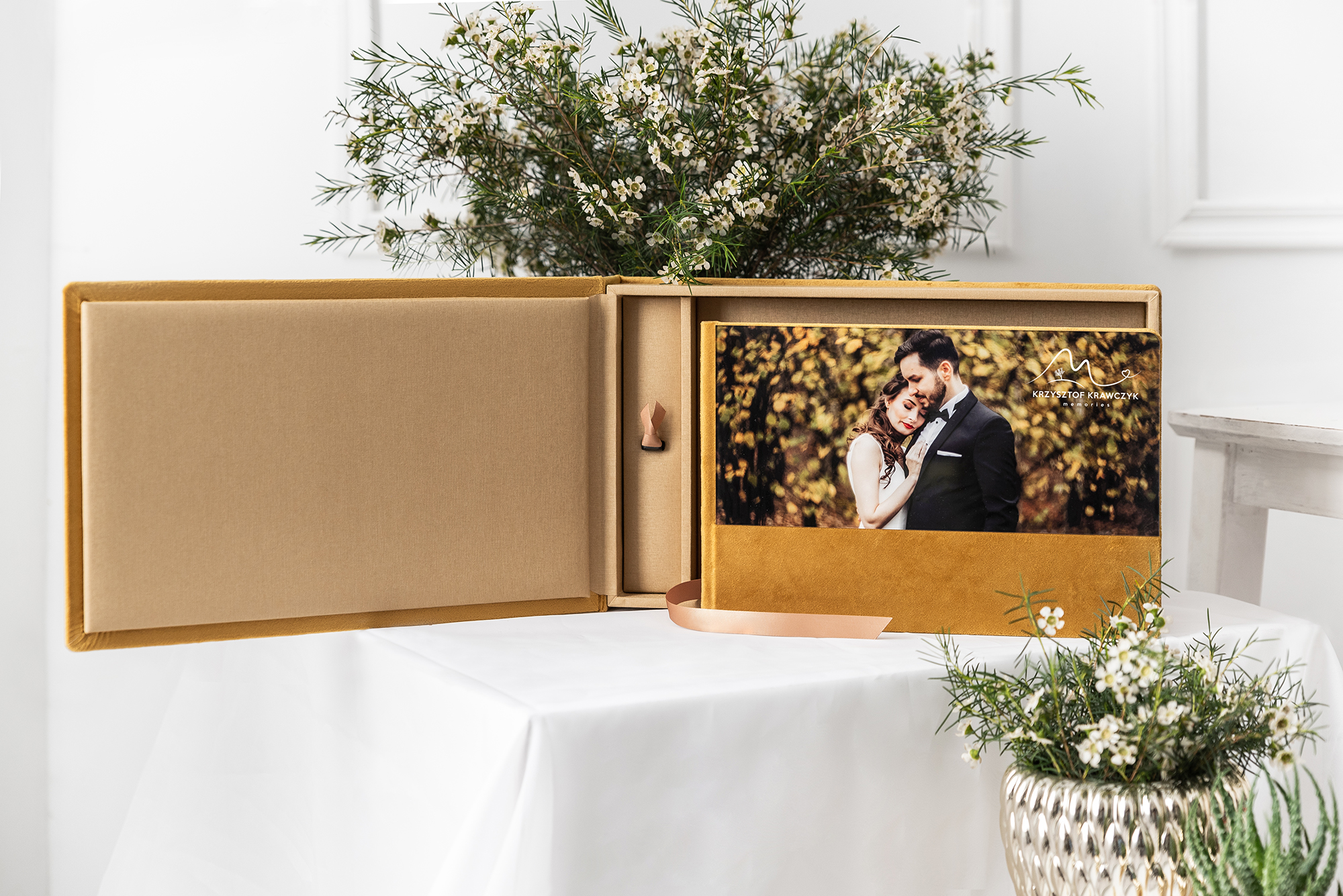
We see the importance of holding a practical consultation as early as possible in the process starting to pay off. Much of what you decide to show off to your clients will depend on what info you gather in that early consultation and react accordingly.
Dorie even elaborates on the idea of wall décor stating that usually she will bring acrylic wall pieces to those with more modern home décor but stick to canvases for those with a more traditional taste. This, again, was found out in the early consultative process.
There are album sets, prints, and wall art (if they mention it) which are Dorie’s main stays for product presentation – details of which depend on specific client info.
Yet, what does she offer to try and generate an extra sale?
“In the case of upsells and that type of thing, I have two products that I currently offer that are not on the price sheet. I just say ‘Hey, these are something that are brand new that you might be interested in. These are Accordion Mini Books. These are great for grandma,’ and that type of thing.
“I also have a Triplex that I might take. All this is very doable [and easy to take].”

So, to recap, Dorie uses:
- Complete Album Sets – always wants the album but likes the set for its digital option and box as well.
- Wall Décor (when mentioned) – canvas, acrylic, or metal depending on the client’s décor style.
- Prints
While for a nice upsell or cross-sell she likes:
- Accordion Mini Books
- Triplexes
However, we also appreciate now how it all comes together, and as Dorie reminds us, a client deciding on a product is, “…something [they] normally need to think about. So, the best way to do that is to go back to that consultation where you can talk about products.”
But What About Studio Set Ups and During the Session?
But the power of samples doesn’t stop at that presentation moment.
Many photographers have a studio space. Most of them have this studio space decorated with print samples – this is a good idea to do if you have a space!
Dorie exclaims to take advantage of this and welcomes the opportunity to show off your products on display even at a session.
“Absolutely show them off! When they are there and in your studio for the session, absolutely show them! And, don’t make it a "just passing through" moment. Make it part of your process.

“Make it a distinct part of, ‘Hey, as we walk through this, I want to highlight some of the things that are available to you that you can do with images from the session.’ Don’t downplay that it’s very important!
“.…It can be really casual:
“‘I just want to take a moment to highlight some of the things that I offer in my studio in case you're interested in this for your home. Look at this beautiful metal wall portrait, and this beautiful album we have here. Would you like to take that with you to look through while your child is being photographed?’
“There are a lot of ways that you can do it. [But] make it specific and something important to your process.”
It can’t be overstated how most of your clientele won’t be familiar with professional print products before they meet with you. They won’t know the possibilities and all that is really available to them unless you show them.
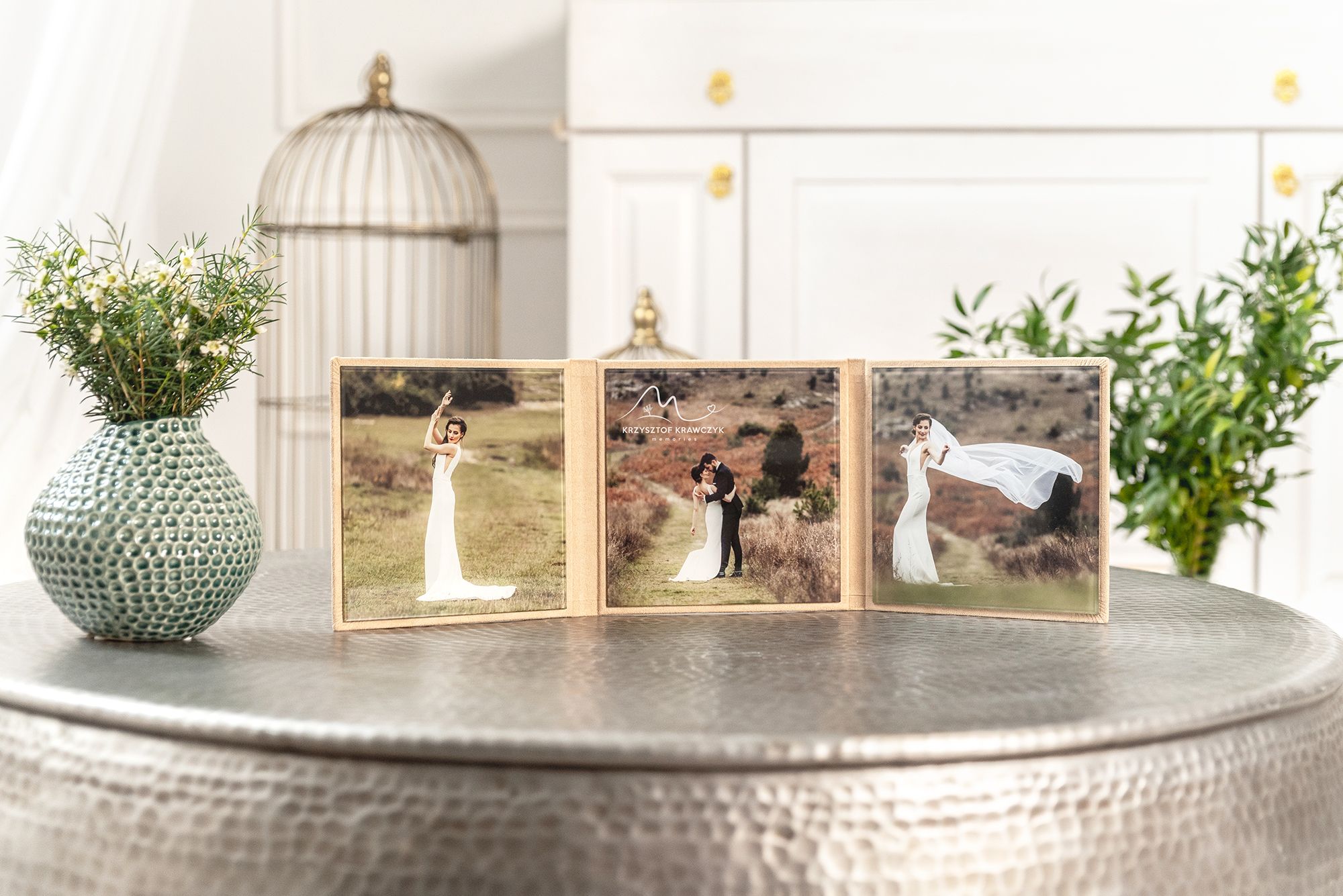
You don’t need to have a studio space to be a successful professional photographer, but if you do have one decorate it with the print products you hope to sell and highlight them during your sessions. You may be surprised how many sales you generate from those moments.
3. Go in with A Clear Strategy
You might start to think this all seems like a thought-out process.
Indeed, it is.
Strategy is a major part of sales in general, in cultivating effective sales and being able to generate more (and more lucrative) sales. This is true on both a macro and a micro level.
You should have a clear overriding strategy for your professional photography business – which products to offer, your ideal clientele, your sales target, etc.
Yet, it’s true on an individual client-by-client basis too.
Each client has details that will vary depending on that consultation and early data gathering but have a clear strategy for the way you approach your clients. This is something Dorie can’t stress enough.
“Anyone who is in sales knows there is – there does have to be - a strategy behind it. That is where people are like, ‘Oh, I just want to show them things and they’ll pick what they want and get everything from that.’
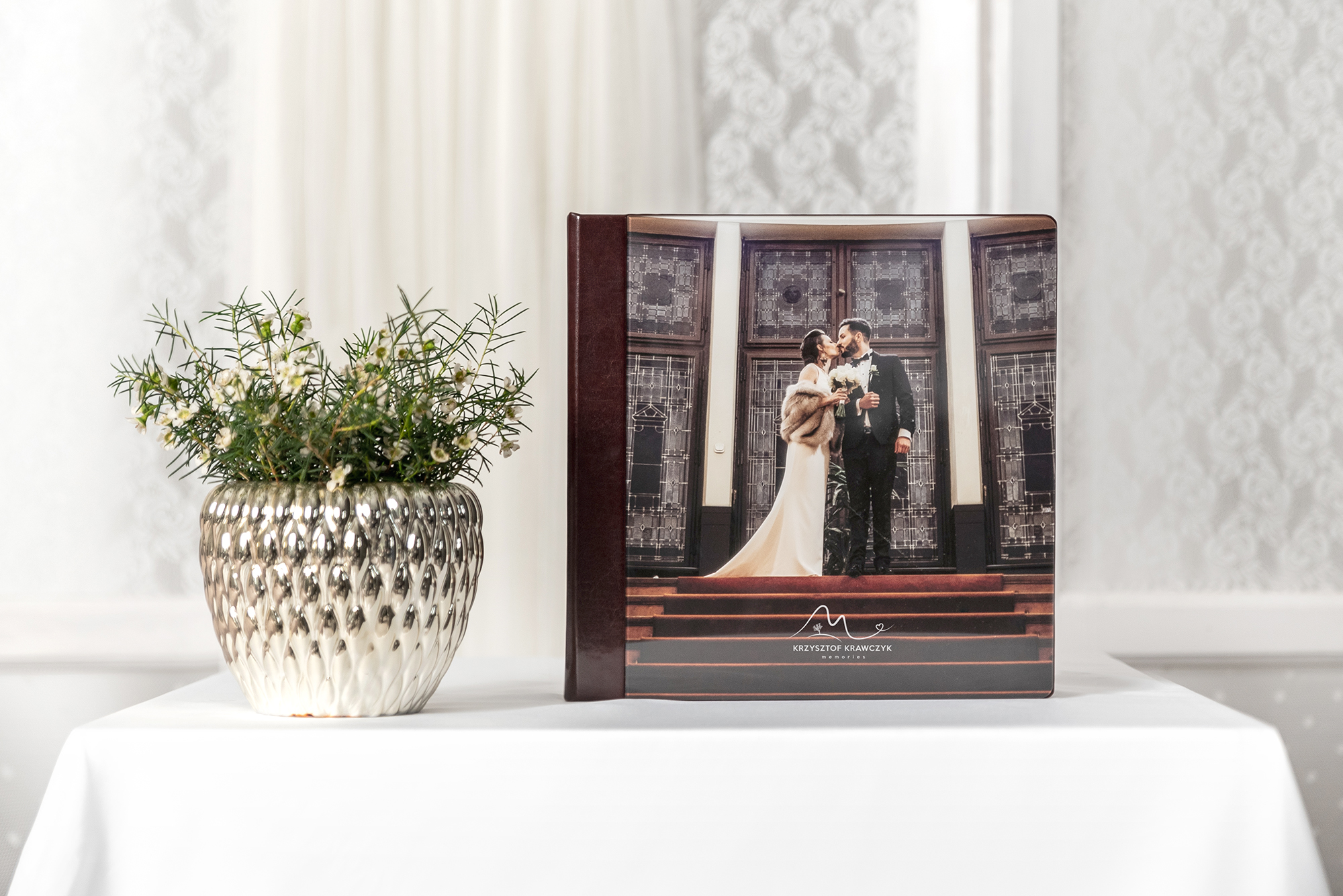
“But in actuality, you have to have a process. You have to have a strategy. You have to have a way to be effective; to keep control of the situation; to be an expert.”
Dorie feels this is where most professional photographers get uncomfortable – the idea of taking control and leading.
Yet, she insists it's something that every business does – and needs to do – and instead it’s the way it’s executed to your client base that really defines how each party feels in the process.
This part is something you can control.
But, it’s important to have a plan.
As Dorie also reminds us, “we are selling an emotional product, but it’s very important we do not resort to emotions when it comes to setting our strategy and our process for how we sell those emotional products.”
Having a strategy and a plan will take the emotions out of it, keep you in control of the situation, build you up as the expert you are, and make sure neither side of the deal walks away feeling undercut or taken advantage of.
Though it may feel unnatural at times it’s essential, as Dorie re-iterates, “you need to be firm on that on the backside so your clients can feel at ease on the front side.”
The more at ease your clients are in the process the greater likelihood of more sales and continued service.
4. Don’t Assume you Know your Client’s Bank Account
That header up there might come off as a bit startling. It might cause you to sit up straight and say, ‘well, duh.’
Yet, how often do you cut your prices on your prices list or second-guess asking about and offering a product - or a higher version product because you worry it’s too much?
Or how often do you start on the low end of the price spectrum and work your way up with your products thinking to catch them on the low end as you're ‘shy’ or ‘unconfident’ about your higher priced items?

Down selling, the act of going from a certain type of product down to a cheaper variation of that product, or cheaper product altogether, can often be an effective sales technique employing that "anything is better than nothing" ideology.
But, use it wisely. Such tactics can indeed backfire.
Just like steering clients clear from the highest priced options or packages might also backfire.
Dorie shared an interesting personal anecdote during our Live in which a service provider doing work for her kept offering her cheaper alternatives. She had said the woman did this so much it came off the wrong way; as if she was implying Dorie couldn’t afford the standard or premium options.
Clearly, this is an awkward and uncomfortable place to be in – for either side of the situation.
The lesson: don’t assume you know your clients’ financial situations or intentions for their experience with you.
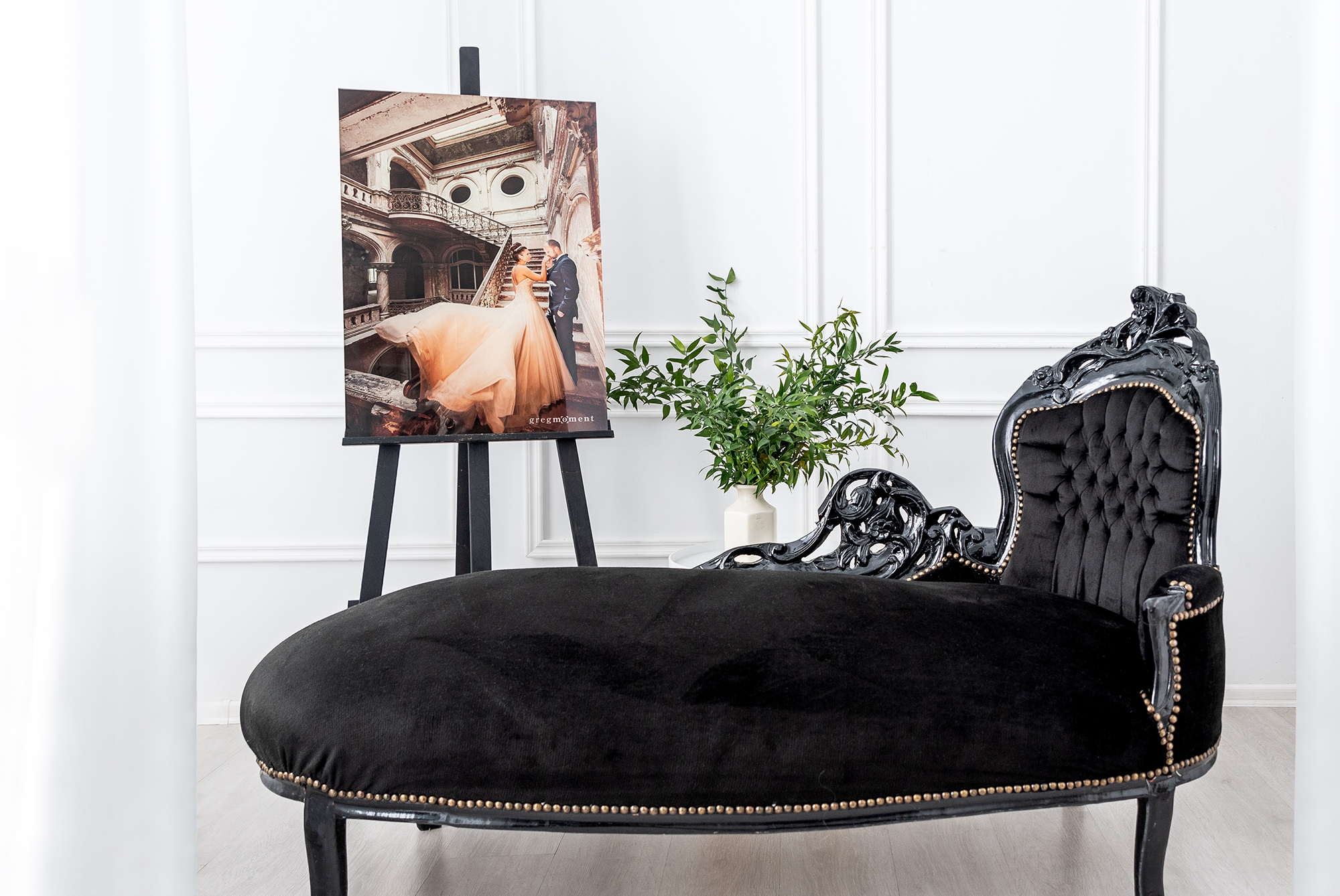
Don’t be the ones to say no to them.
Of course, don’t force expensive items down their throat, or if there is clear disinterest when the high-ticket items are bandied about don’t press on them, but don’t shy away from asking.
We all know that saying that involves ‘assume’ and breaking it up into smaller words. Equally, you can’t have sales if you don’t ask for them, and sometimes – believe it or not, it’ll be better if you did at least ask.
5) Consider Removing your Sales Minimum
In a similar vein, and to get back to another possible sales tactic, consider removing your sales minimum for your orders.
Sometimes photographers will have a certain limit or amount that must be spent for each order. For example, Dorie herself used to have a $900 limit as she spoke of in the live chat.
However, Dorie herself began to find this often worked against her as a trend began to emerge: her clients were simply spending just enough beyond the limit and then feeling ‘satisfied’.
“I used to have [a sales minimum], I played with this for a while,” Dorie explains. “What I found was that people bought up to the sales minimum and their brain kind of turned off towards anything more. So I had really capped my sales mentally at that point in time.”
As for why this might happen it can understandably be that “people would have a pre-convinced notion of what sales would be,” and simply end it there.
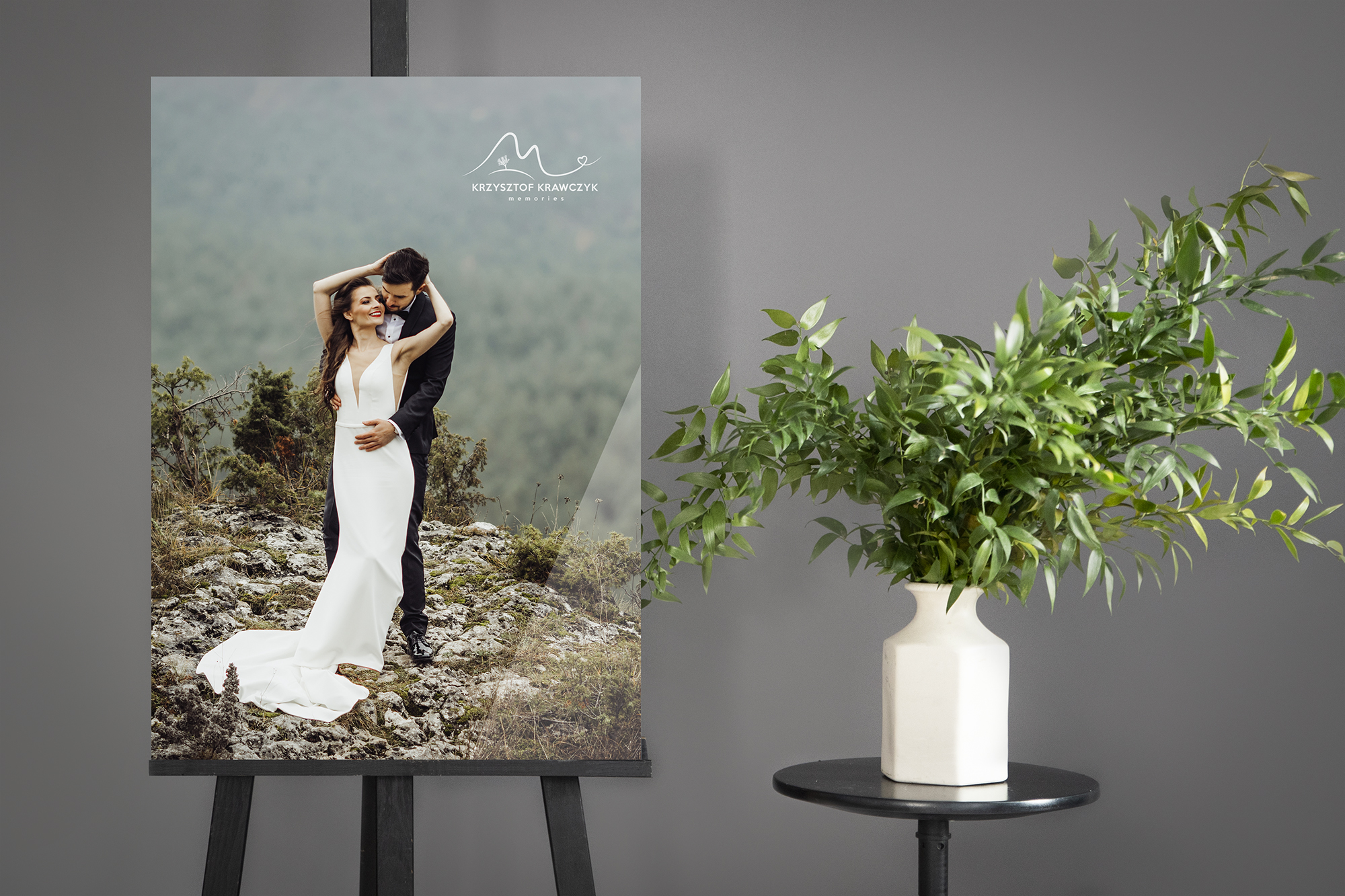
As for what happened when Dorie removed that limit, sure enough:
“By removing that sales minimum, my sales numbers doubled instantly.”
Yet, word of caution. As Dorie elaborates, “just make sure that your pricing is at a point so that people can not just walk away with one 8x10…. Make sure your pricing is in line with where it needs to sit.”
Don’t be the one to say ‘no’ to your clients. Nor, be the one to limit them.
Provide for them.
As Dorie iterated at the top of our chat, “I never wanted to leave my clients with something for their to-do list.”
Offer what you believe will best satisfy them, which often will be more than any one particular product.
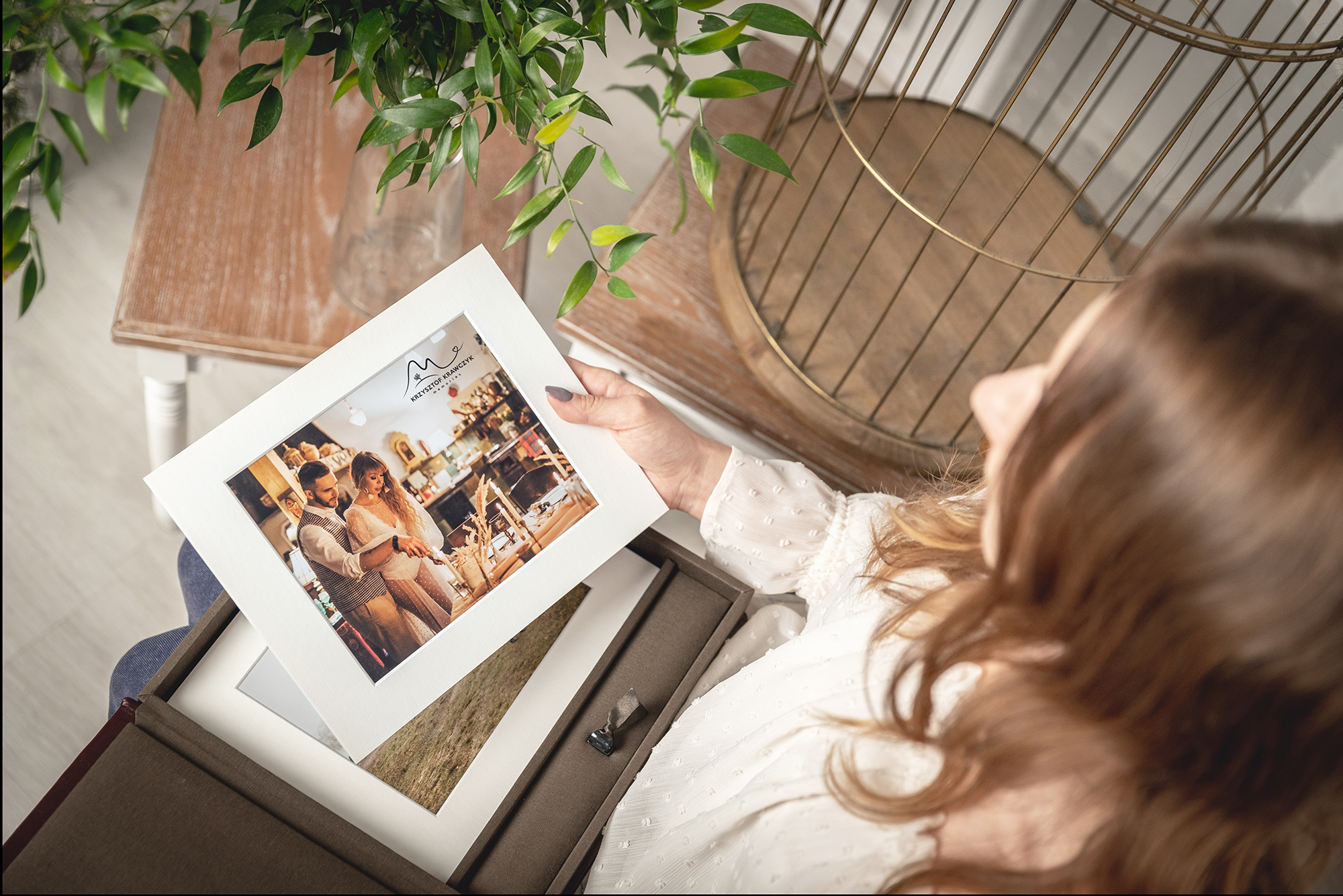
Sales can often seem like an uncomfortable experience, but like Dorie reminded us, “sales is not a dirty word.”
Why is this so? Because you are not trying to convince your clients to get something they don’t need, but instead providing something that they want.
Or, as Dorie stated:
“You’re not forcing them to get features that they don’t need. You’re showing them things that they might want to take advantage of.”
And, the only way to really know if they want it – to really make the sale, extra sale, upsell, or cross-sell, is to ask.
To learn and hear more from Dorie Howell visit her platforms-

